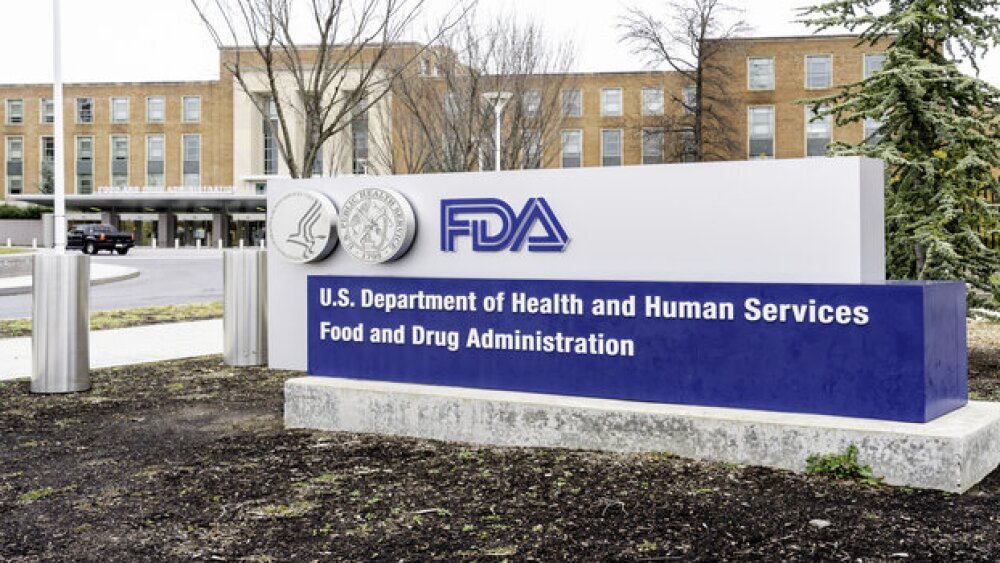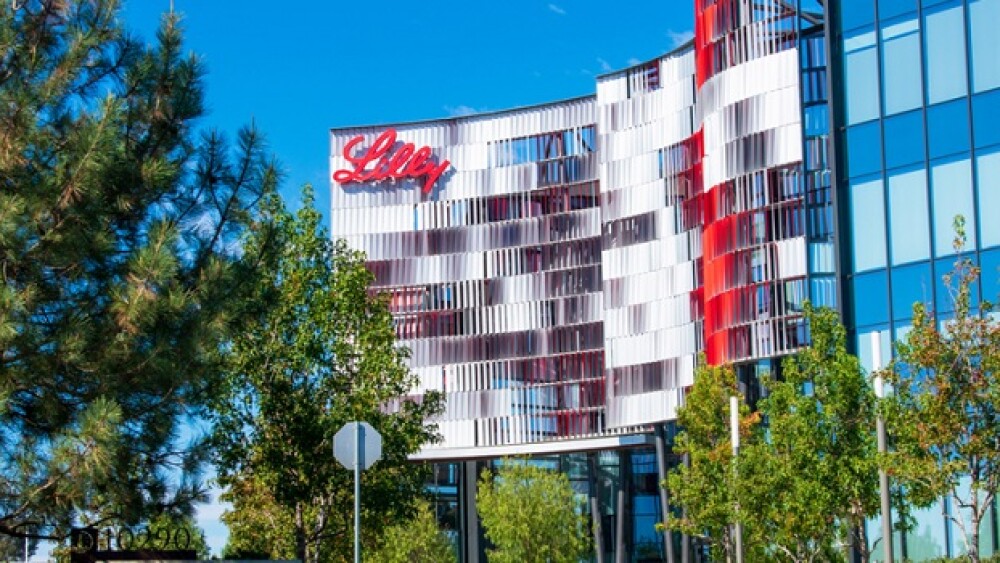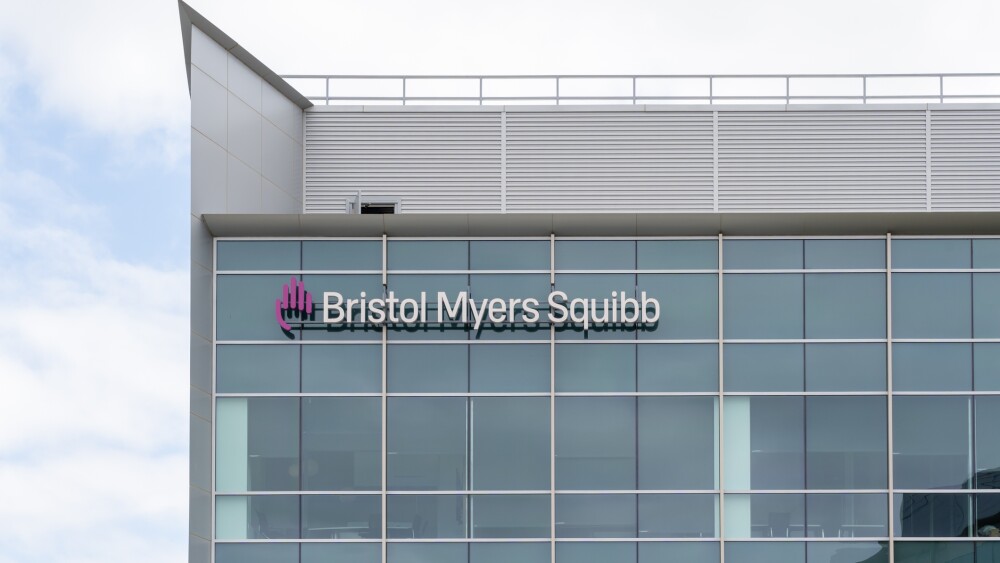With Friday’s approval, Sanofi’s anti-CD38 antibody Sarclisa will go head-to-head with the first such therapy for multiple myeloma, Johnson & Johnson’s Darzalex, which raked in nearly $10 billion last year.
The FDA on Friday gave the green light to Sanofi’s anti-CD38 therapy Sarclisa (isatuximab) for the treatment of newly diagnosed multiple myeloma patients who are not eligible for autologous stem cell transplantation.
Sarclisa can now be used in the first-line setting in this indication, in combination with standard of care treatment including bortezomib, lenalidomide and dexamethasone (VRd). According to Sanofi, Sarclisa is the first approved anti-CD38 agent to “significantly reduce disease progression or death” when combined with the standard VRd regimen.
Sanofi’s Head of Specialty Care Brian Foard in a statement called Friday’s approval a “momentous milestone” towards the pharma’s goal of “establishing Sarclisa as a best-in-class therapy.” With its new indication in multiple myeloma, Sarclisa offers doctors “an important new option … that’s been shown to slow disease progression for longer compared to current standard-of-care,” Foard said.
Sanofi is continuing to advance its work on Sarclisa with several Phase II and Phase III studies for six potential indications across the multiple myeloma treatment continuum. The pharma is also developing a subcutaneous formulation for Sarclisa.
Friday’s approval was backed by data from the Phase III IMROS study, which showed that the Sarclisa regimen cut the risk of recurrence or death by 40% as compared to VRd plus Rd alone. This effect was statistically significant, with a p-value of 0.0009. After nearly 60 months of follow-up, median progression-free survival had not yet been reached in the Sarclisa treatment arm.
Sarclisa also aced key secondary endpoints in IMROZ, with nearly 75% of treated patients reaching complete response or better, versus only 64.1% in the comparator arm.
In terms of safety, IMROZ found no new signals of concern. The most common adverse events included respiratory tract infections and pneumonia, fatigue, muscle pain, constipation and diarrhea, insomnia and infusion-related reactions. More than 70% of patients in the Sarclisa group reported serios adverse events.
With Friday’s approval, Sarclisa will compete with Johnson & Johnson’s Darzalex (daratumumab), which is the first anti-CD38 monoclonal antibody for multiple myeloma. Darzalex is well-established in the multiple myeloma space bringing in nearly $10 billion in 2023, representing 22% year-on-year sales growth.
Darzalex also has a subcutaneous formulation, dubbed Darzalex Faspro, that was first approved in 2020 for multiple myeloma. Faspro won another approval in July 2024, allowing its use in newly diagnosed multiple myeloma patients who are eligible for transplantation.






